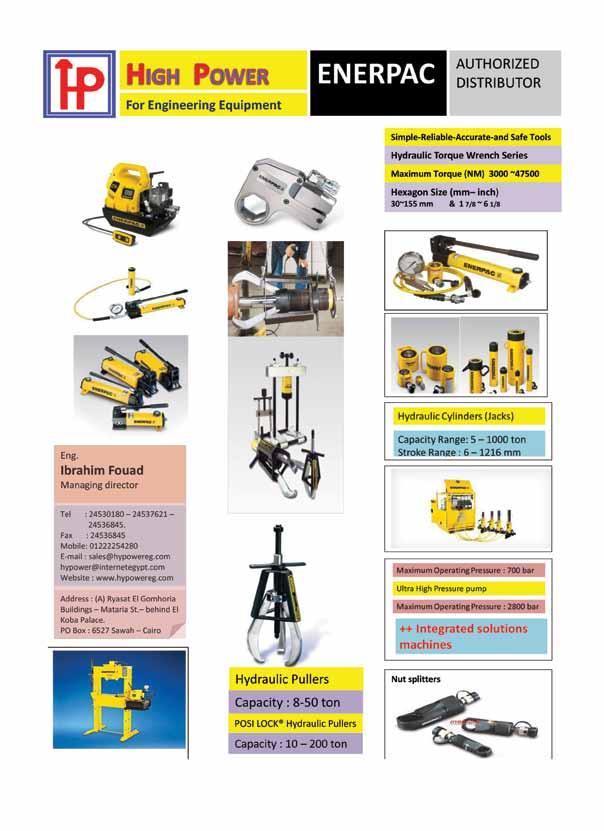Comparative Study of Miscible Flooding in Compositional Graded Reservoir System By
Mohammad Sohrab Hossain, SPE, Norwegian University of Science and Technology (NTNU), Trondheim, Norway
A
bstract
Miscible gas injection in near critical oil or volatile oil reservoir improves the recovery due to interfacial tension effects and better microscopic displacement efficiency compared to immiscible water injection. In a graded undersaturated gas-oil fluid system, all fluids are initially first contact miscible with neighboring fluids throughout the reservoir if full- pressure maintenance is supported by injection process. Smorbukk south is characterized as a compositionally graded gas condensate and volatile oil reservoir which lies near the critical region in the phase diagram. Compositional graded reservoir systems exhibit significant variation in the minimum miscible pressure (MMP). MMP variations with depth pose a challenge in selecting reservoir recovery technique to maximize the ultimate recovery.
This paper deals with different scenarios of miscible flooding and compares the results with immiscible flooding for a 3-D homogeneous reservoir system. Here, MMP, determined by different injection gases, can develop far below the saturation pressure. If the injectant is CO2 or sufficiently enriched with intermediate components, the condensing and vaporizing (C/V) mechanism was developed throughout the reservoir. Dipping effects and placement of injector –producer were studied here and was found that updip formation gives highest recovery. Various injection schemes (i.e. Separator Gas and CO2) were studied in miscible flooding scenarios. The results of gas alternating gas (GAG) were compared with the water alternating gas (WAG) method and GAG was found to be the best alternative.
Introduction
A significant amount of hydrocarbon reserves are found is gas/condensate carrying formation. Rich gas condensate
40 Petroleum Today -
September 2017
region may result in significant loss of heavy ends owing to liquid drop out below the dewpoint pressure and resulting in low recovery. Miscible flooding i.e. Gas cycling / injection schemes are often applied to increase condensate recovery by vaporizing the heavier components (C4+). Miscible flooding techniques were successfully deployed in gas and oil reservoirs nearly half century ago. Usually all miscible techniques are applied in the secondary or tertiary recovery process. Miscibility occurs when the injectant gases are introduced to the reservoir above the reservoir fluid’s dew point and maintain the reservoir pressure above it either by full or partial pressure support. If reservoir pressure drops below the dew point then retrograde condensation occurs and recovery drops sharply. Success of gas injection depends on many parameters varying from reservoir geology, rock properties (wettability) to fluid systems-reservoir fluid and injectant. Compositional graded reservoirs are natural phenomena which occur due to i.e.vertical thermal diffusion, chemical equilibrium and gravity effect. Compositional variation with depth occurs mainly due to biodegradation, solid precipitation in more permeable layer after migration from single or multiple source rocks. These reservoirs can be modeled by isothermal gravity/ chemical equilibrium (GCE) model by neglecting thermal diffusion or thermal convection. Chaback[1] states that thermal diffusion effects are small relative to gravity/chemical effects in the vicinity of a critical point. This paper investigates the effects various injectants, injector and producer placement, dipping of the reservoir and different injection schemes in oil recovery. Separator gas was used as an injectant in the base model. Later on CO2was used as different injectant and cyclic injection of separator gas with CO2 (gas alternating gas, GAG) and water alternating gas (WAG) were also studied. The results were compared with the base case. For miscibility, accurate determination of MMP is very important and

